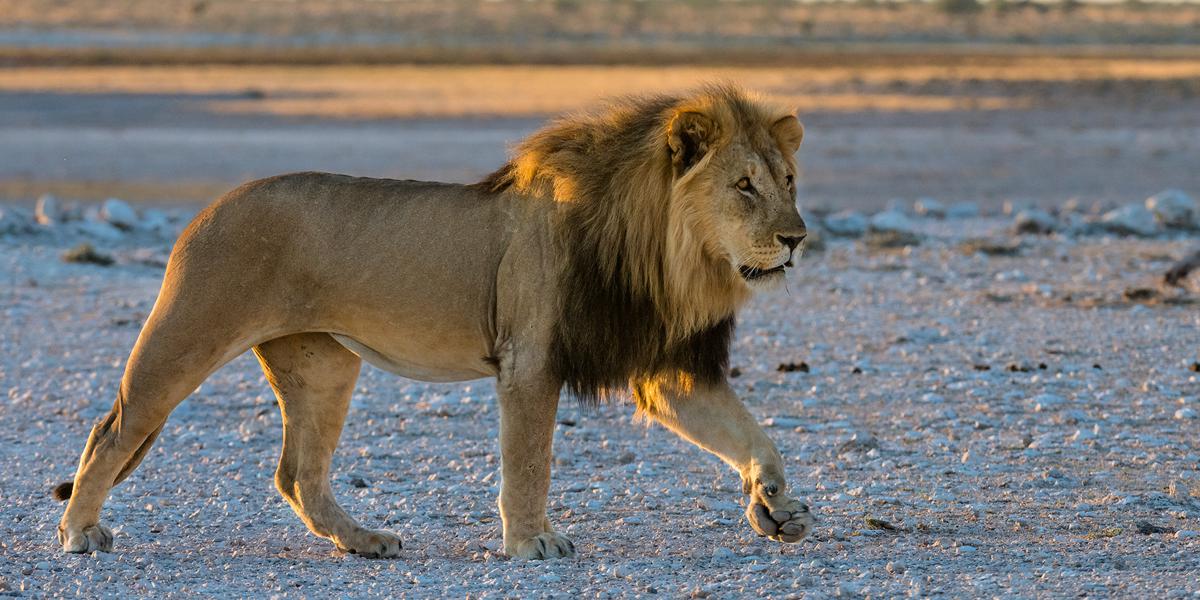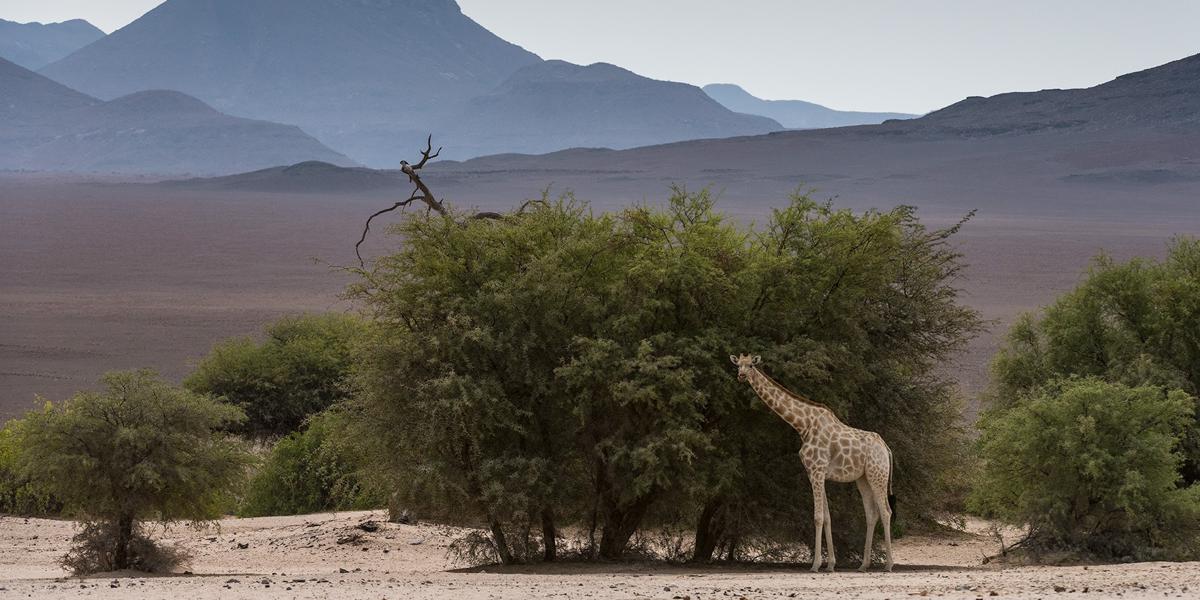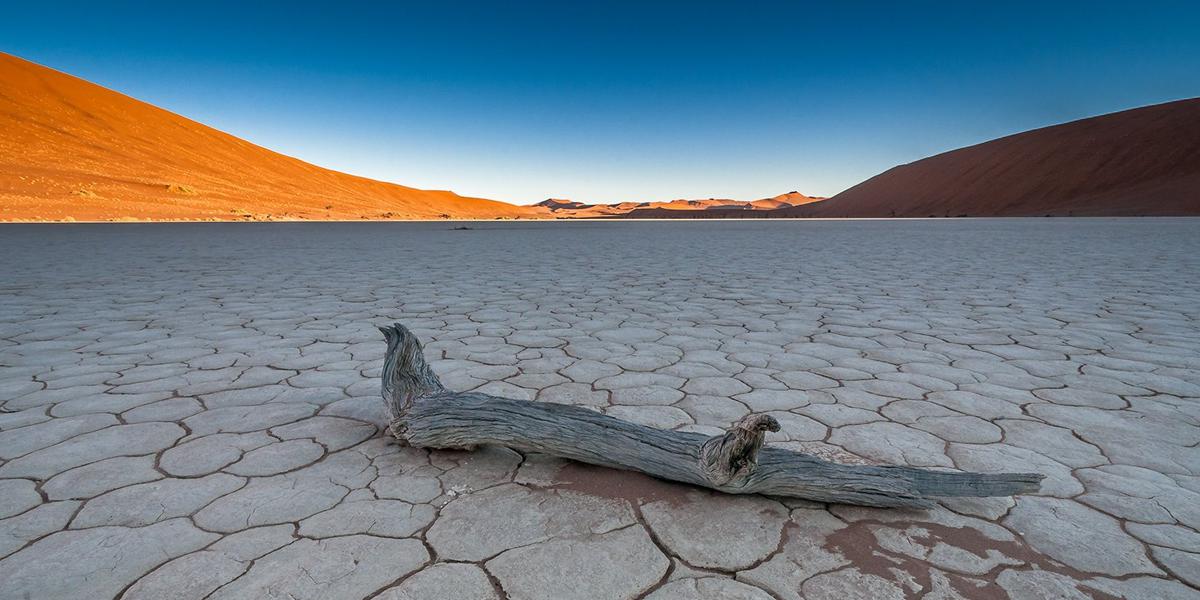
We at Batis Birding are committed to providing you with an unforgettable experience, showcasing the breathtaking beauty of the Namibian landscape in all its glory. From the arid expanse of the Namib Desert to the lush swamps of the Okavango region, our tours take you through a range of habitats, introducing you to the fascinating geology, plants, insects and magnificent mammals that call this region home.
As a specialist in small group tours, we know that a high leader-participant ratio is crucial to ensure that everyone receives personalized attention, maximizes their birdwatching experience, and gains valuable knowledge from our expert guides. Our pace is relaxed, taking the time to enjoy early morning walks or breakfast before venturing to more distant sites. We cater to the needs of each group member, making sure that we never rush and always take our time to observe and appreciate the stunning wildlife around us.
Our tours are fully accommodated, with carefully selected overnight facilities in the best birding areas. We provide a full range of reference books in the vehicle and our guides carry telescopes for your use at all times. While we expect participants to bring their own binoculars, camera equipment and field guide, we ensure that you have everything you need to make the most of your birdwatching experience.
Join us at Batis Birding for an unforgettable journey through the spectacular landscapes of Namibia, where the pursuit of birds is just one part of an unforgettable adventure.


Subscribe to our newsletter for updates, set departures and upcoming tours and safaris. Get the inside scoop about our latest adventures and exciting endeavors ahead.
© 2025 The Naturalist Collection
All rights reserved.